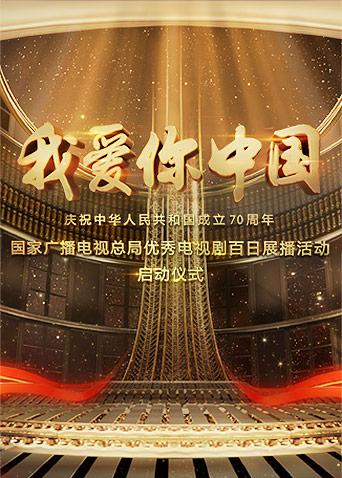林小魔摇滚女团的4个成员在看似毫无波澜的平静生活下面临人生岔口各自迷茫时,国产一个突如其来的电话令她们在恩师的葬礼上重聚。葬礼上,国产四位老友在对大学时特立独行的摇滚导师孟老师的回忆中,重回那个热血、充满激情的摇滚校园。一场关于摇滚、关于青春和爱情、穿梭于现实和过去,始于梦想、终于未知和遗憾的故事就此展开。
林小魔摇滚女团的4个成员在看似毫无波澜的平静生活下面临人生岔口各自迷茫时,国产一个突如其来的电话令她们在恩师的葬礼上重聚。葬礼上,国产四位老友在对大学时特立独行的摇滚导师孟老师的回忆中,重回那个热血、充满激情的摇滚校园。一场关于摇滚、关于青春和爱情、穿梭于现实和过去,始于梦想、终于未知和遗憾的故事就此展开。

回复 :Two differences between this Austrian version and the generally available American version are immediately obvious: they differ both in their length and in the language of the intertitles. The American version is only 1,883 metres long - at 18 frames per second a difference of some 7 minutes to the Austrian version with 2,045 metres. Whereas we originally presumed only a negligible difference, resulting from the varying length of the intertitles, a direct comparison has nevertheless shown that the Austrian version differs from the American version both in the montage and in the duration of individual scenes. Yet how could it happen that the later regional distribution of a canonical US silent film was longer than the "original version"?The prevalent American version of Blind Husbands does not correspond to the version shown at the premiere of 1919. This little-known fact was already published by Richard Koszarski in 1983. The film was re-released by Universal Pictures in 1924, in a version that was 1,365 feet (416 metres) shorter. At 18 frames per second, this amounts to a time difference of 20 minutes! "Titles were altered, snippets of action removed and at least one major scene taken out entirely, where von Steuben and Margaret visit a small local chapel." (Koszarski)From the present state of research we can assume that all the known American copies of the film derive from this shortened re-release version, a copy of which Universal donated to the Museum of Modern Art in 1941. According to Koszarski the original negative of the film was destroyed sometime between 1956 and 1961 and has therefore been irretrievably lost. This information casts an interesting light on the Austrian version, which can be dated to the period between the summer of 1921 and the winter of 1922. Furthermore, the copy is some 200 metres longer than the US version of 1924. If one follows the details given by Richard Koszarski and Arthur Lennig, this means that, as far as both its date and its length are concerned, the Austrian version lies almost exactly in the middle between the (lost) version shown at the premiere and the re-released one.A large part of the additional length of the film can be traced to cuts that were made to the 1924 version in almost every shot. Koszarski describes how the beginning and the end of scenes were trimmed, in order to "speed up" the film. However, more exciting was the discovery that the Austrian version contains shots that are missing in the American one - shots/countershots, intertitles - and furthermore shows differences in its montage (i.e. the placing of the individual shots within a sequence). All this indicates that Die Rache der Berge constitutes the oldest and most completely preserved material of the film.
回复 :从大陆迁往台湾的一家人,在表面平静的日子下,各怀心事。祖母(唐如韫)对大陆念念不忘,一心想回去;父(田丰)母(梅芳)虽也有“外省人” 身份的尴尬,却也清楚知道回大陆只是梦一场;姐姐(萧艾)差不多已当自己是台湾本地人,偶尔伤心落泪是因想起为替父母分重担放弃了念大学;小孩子阿孝咕(游安顺),则只想着自己如何玩得痛快,完全没有大陆的概念,而对父亲的死,他只觉突然并无太多伤心。可是因为家庭的特殊,懵懂中阿孝咕也知自己并不完全相同于同龄人。尽管表面上他做着多数成长中男孩都会做的事(四处打架、开始中意某个女孩子),内里却已埋下会突然裂变的种子,只等某个契机的来临。
回复 :该片改编自Olivier Bourdeaut撰写的同名小说,讲述一个年轻的男孩与父母住在巴黎的公寓中,父母每晚都伴着《Mister Bojangles》跳舞。当他的母亲完全陷入了自己的思想中,小男孩与父亲逃离了巴黎,前往西班牙的乡间别墅,他们这时才理解了有负担的人才是最光芒四射的。

